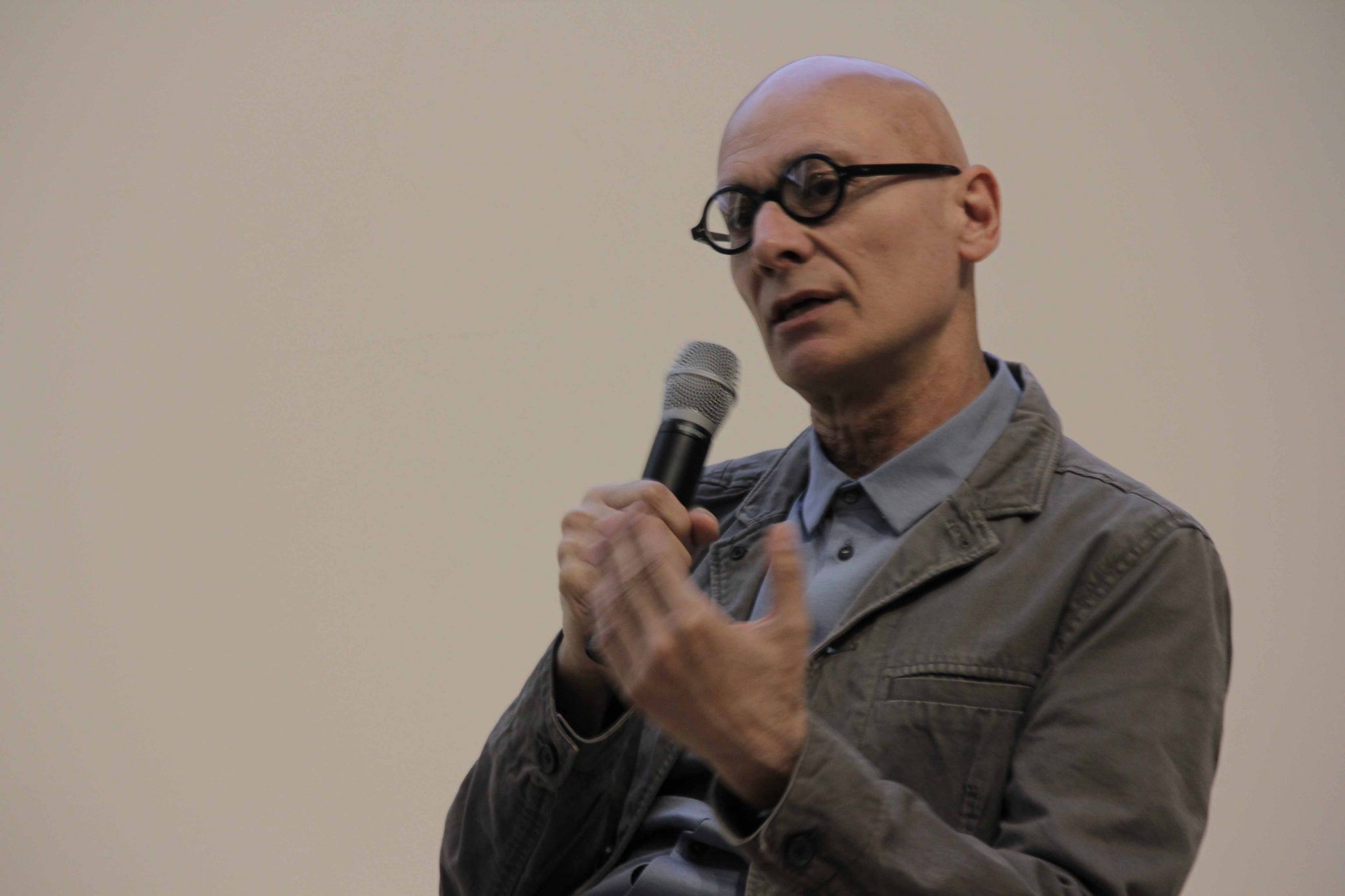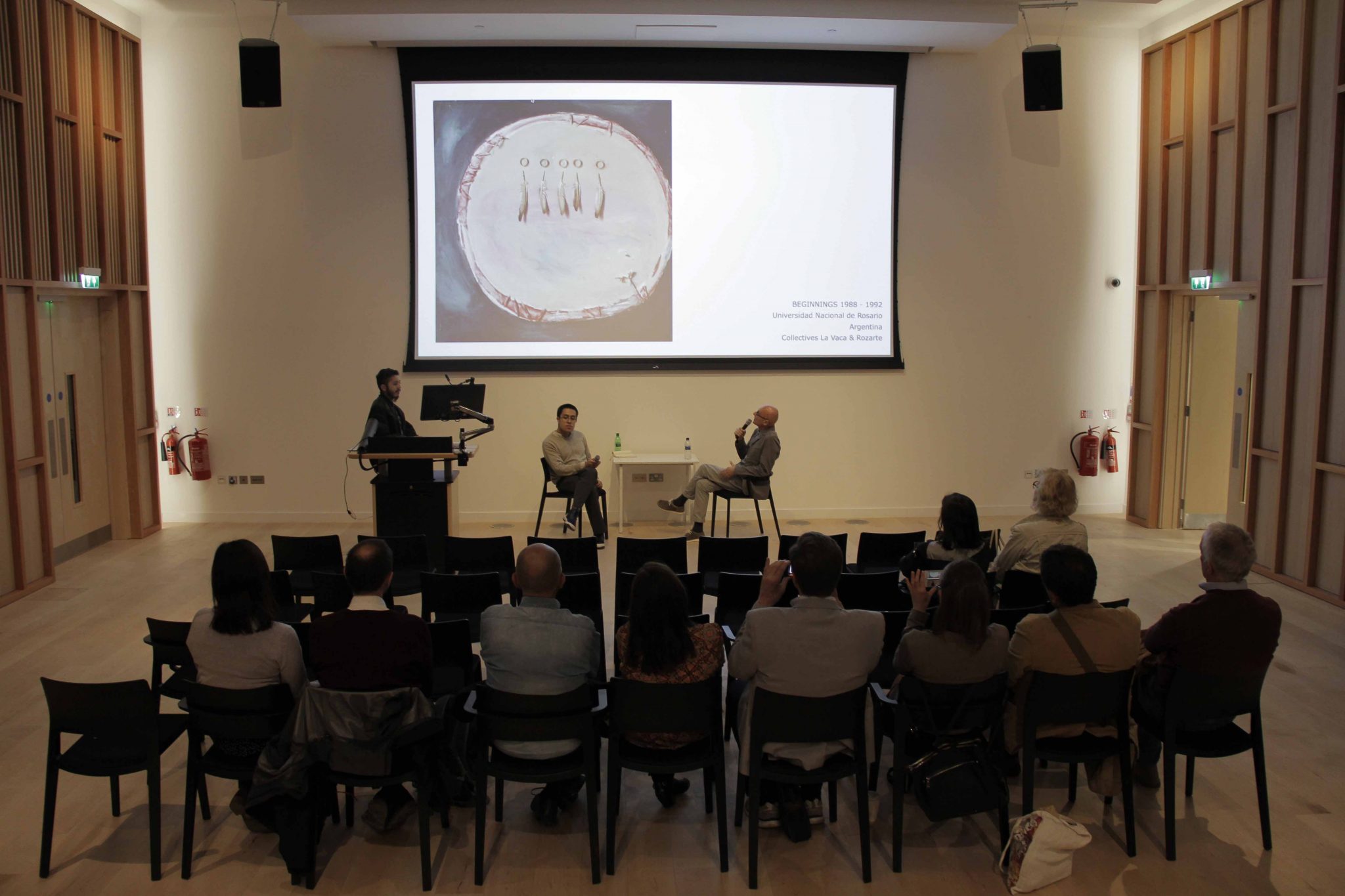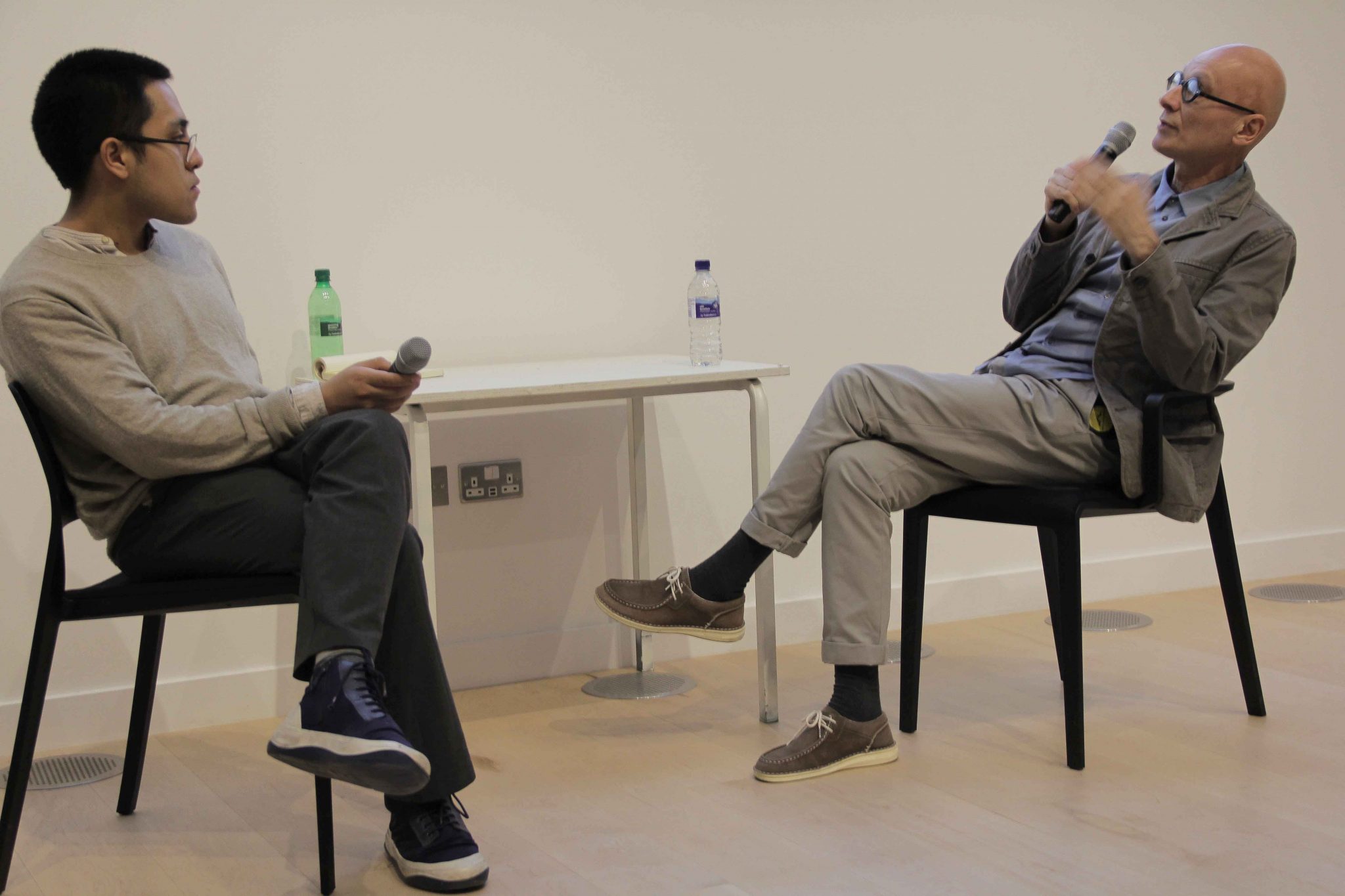Words by Sofía Rubio, MA Arts and Lifestyle Journalism, LCC
Argentinian artist invited to Camberwell College of Arts by Latinos Creative Society.
“We decided to start the Latin American society last October mainly because there was a lack of awareness in the creative industry in London,” Isaac de Reza stated as he begun the talk with Latin American artist César Baracca.
The Argentinian artist explained his background as a student in his native country, what inspired him of the political environment of Argentina and the artistic projects that started coming up worldwide during the 80s. Baracca gave insights of what he did during this time and how he produced these types of artworks that came directly from the streets.

Afterwards, he went to Rome and gathered inspiration from St Peter’s factory, a souvenir shop for visitors of Vatican City. The religious imagery and use of Catholic symbols in the city went back with him to Argentina as he developed himself as an artist. When he gathered the artistic group La Vaca, his professional artistry mixed with his background from Rosario, Argentina and Rome, Italy. He also spoke about his recent work made through appropriation in collective process using money.
César Baracca’s trajectory, work and background relates to Latin American society’s creation, the problem that Latin American artists face to struggle to find their identity when they are in an environment completely different to the one the had related previously.
For artists that arrive or intend to target Latinos in London, most of them follow Baracca’s path but artists also want to be recognized in their country. London as a venue for aspiring Latin American artists provides, as César has pointed out, is a dual platform to showcase artistic importance in Europe and make an artist relevant in its own country. But Baracca’s most interesting tip to any artist from Latin America is the most valuable, one that the Latinos Creative Society has already discovered, working together.

Latin American art can make a name for itself as long as everyone from this side of the world is interested in working on it and the difference it has now can explain it has been so relevant recently.
One can only hope that the future brings out bigger names than Frida Kahlo, Jesus Rafael Soto or Tarsila do Amaral.



